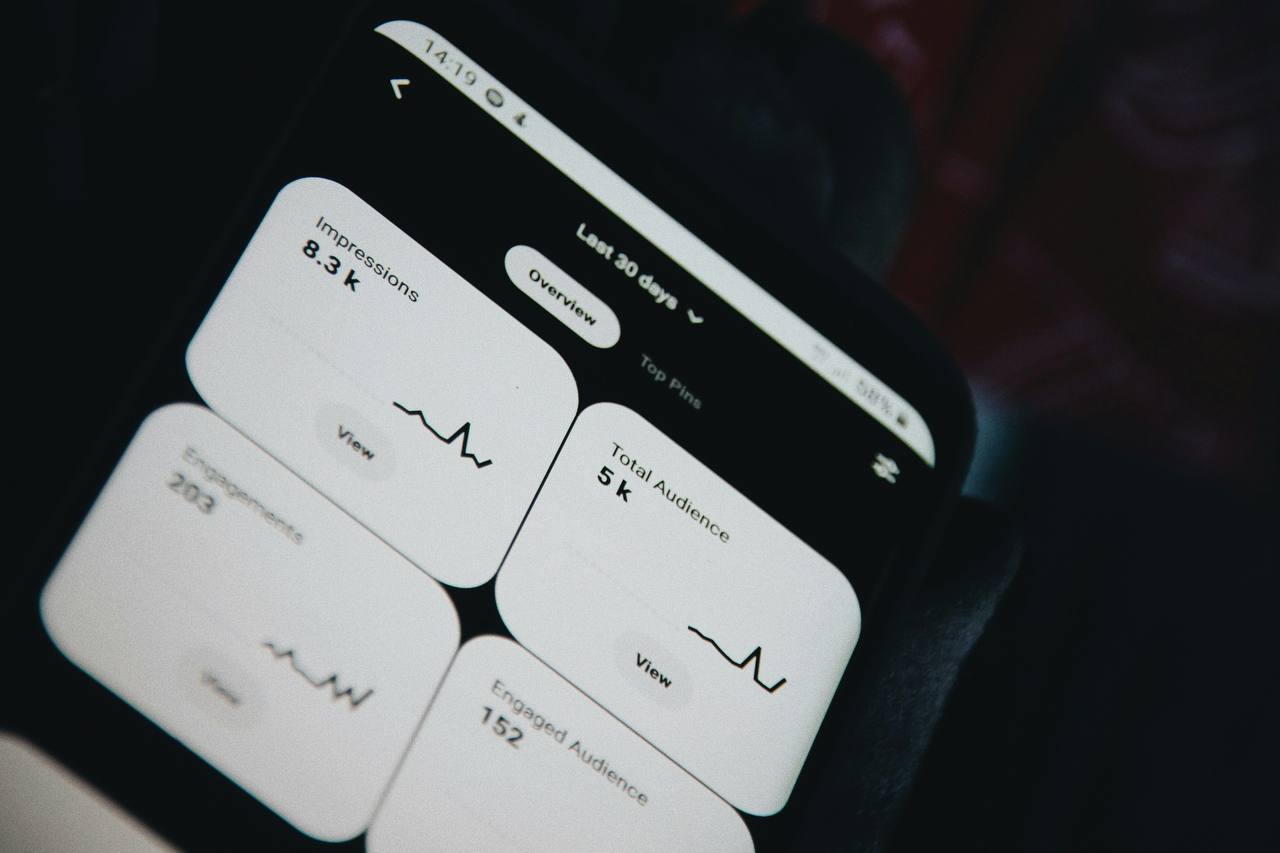Security Infrastructure Design Document. The IT infrastructure is the core of all information systems and functional IT solutions without exception. It is the basis and the efficiency, continuity, and security of an enterprise’s business processes depend on its reliability. Infrastructure support is a technical issue on the one hand.
However, the issue of information security is more vital because most cybercriminal attacks are aimed precisely at infrastructure systems as a means of access to target resources.
Infiltration at this level, interception of control over infrastructure components, installation of malware, access to systems containing confidential information – all these are direct threats to a business. Therefore, disregard of IS measures leads to significant financial and reputational losses.
Regardless of the size of the company, the IT infrastructure is the heart of the information system. This set of systems is based on complex technologies that are evolving faster and faster.
What is Security Infrastructure Design Document
Security infrastructure design documentation aims to capture and monitor all the necessary data for effective architecture design and the subsequent formation of a security architecture management system for enterprise IT.
This documentation helps to implement the following security elements:
Design
This first important phase, above all, cannot be neglected or careless. The design stage will gather all customer constraints and computing power requirements necessary for the normal functioning of the company.
Also studied are the business applications used by the company, that is, all the software related to economic activities specific to the company. Based on all these elements, engineers make the first architecture model, and it can be deployed if all the technical points of intersection are verified.
Integration
Once the architecture is “designed,” the integration phase begins. A series of technical tests are conducted to test the IT infrastructure in an operational environment under the current company’s use case.
These tests will show that we will get the expected performance and that the selected equipment will respond well in terms of technical capabilities. It is also an opportunity to verify that the business applications are running smoothly and that the architecture perfectly matches the technical limitations of those tools.
Developing
Finally, deployment is the last step in setting up the project. Everything is put into real production. The remaining tests run to eliminate bugs and final adjustments are made.
[article_idea title=”Have an idea of the next great project?” btn_text=”We can bring it into reality!” btn_link=”/get-estimation”]Rewisoft has teams of experts who are qualified to deploy the software IT infrastructure as well as the network.[/article_idea]
On the workstation side, deployment can include mastering workstations with preparing configurations for installation, which are then deployed to multiple workstations simultaneously.
And since implementing the above stages requires a systematic approach, we can conclude that the security infrastructure design document on this approach. The system approach to the description of information security proposes to identify the following components of information security:
- Legislative, regulatory, and scientific framework.
- Structure and tasks of bodies (units) that ensure IT security.
- Organizational, technical, and regime measures and methods (Information Security Policy).
- Software and hardware methods and means of ensuring information security.
Moreover, the security infrastructure design document is connected to the management too. Management, configuration, and implementation require the complete information represented by databases. Such activity is important not only for the manager but also for subordinates, IT directors, heads of business departments.
The documentation required for the operation of the enterprise should include:
- IT security strategy plan;
- Corporate thesaurus;
- Standards of IT organization;
- Description of processes, regulations;
- The scheme of information flows;
- Scheme of the interconnection of services and systems.
The main purposes of implementing security infrastructure documentation
The goal of security infrastructure documentation implementation is to design, implement, and manage a security program that achieves the following 6 main goals:
- Strategic alignment. Aligning information security with the business strategy to support the organization’s goals
- Analyze and manage risk.
- Optimizing security investments to meet business objectives.
- Efficient and effective use of security knowledge and infrastructure.
- Monitor and report on processes to ensure goals are met.
- Apply a systematic approach to information security planning, implementation, monitoring, and management.
For information security to effectively address asset protection issues, a security strategy is needed that documents the direction and goals to be achieved. Subsequently, the strategy lays the foundation for implementing effective information security management.
What benefits of a Security Infrastructure Design Document?
Why do you need to secure your IT infrastructure?
Hacker attacks are becoming more sophisticated, so the need to protect digital assets and network devices is growing. Security is costly, but a major security breach can cost an organization much more.
Large security threats can significantly impact small businesses. During or after a breach, information security professionals can act on an incident response plan. This risk management tool can help get the situation under control.
What do the security infrastructure and its documentation affect?
Businesses are 100% dependent on IT infrastructure. The economic effect of the implementation of the Security Infrastructure Design Document should be manifested reducing the amount of possible material, reputational and other types of damage to the enterprise, through the use of measures aimed at the formation and maintenance of the IS regime.
These measures are designed to ensure:
- Availability of information (the ability to get the required information service in an acceptable time);
- The integrity of information (relevance and consistency of information, its protection from destruction and unauthorized modification);
- Confidentiality of information (protection from an unauthorized acquaintance);
- Non-repudiation (impossibility to deny performed actions);
- Authenticity (confirmation of authenticity and reliability of electronic documents).
To effectively manage their IT security infrastructure, enterprises must have the tools to detect physical disasters or unwanted intrusions into their resources with protocols that minimize risk and prevent compromise of company operations. After all, downtime turns into unearned money and undermines reputation.
And the first thing to look for in such documentation is a vulnerability analysis of network, equipment, and gaps in protection and information security. Such measures involve developing procedures that will give you the means to prevent important information and data from falling into the wrong hands.
The next step of the analysis is to identify your assets, assess the threats and their impact on your company. This provides the necessary data for selecting a disaster recovery plan, an essential part of the security infrastructure. Recovery can ensure business continuity.
Your company’s resources can’t run out, and inaction costs you money. Always choose valuable outcomes through experience, knowledge, and innovative solutions.
The security infrastructure protects against malware threats and possible security breaches that can cause huge damage to your organization. This system allows only authorized users to access and modify sensitive data on the internal corporate network. The IT security system keeps your organization’s data private.
Implementing security infrastructure documentation`s main benefits:
- Better organization and placement of IT equipment;
- Monitoring more accurate hardware and software;
- Better hardware maintenance;
- Anticipation of the need for upgrades;
- Inventory of hardware and software;
- Management and monitoring from vendors;
- Increased efficiency;
- Productivity has increased.
Who needs a Security Infrastructure Design Document?
Many companies do not have the skills and ability to properly build a security system to build a security system properly. However, cybersecurity is an eternal race after technology, a chase by security professionals against cybercriminals.
The higher the technological level, the more sophisticated and sophisticated the cybercriminals are. Protection usually comes one step behind. First comes the threat, then comes the protection.
Challenges of building a security infrastructure
Today companies often use a “patchwork” approach to building an information security system. Their protection consists of many different devices and software applications from different manufacturers, the ability to integrate them with each other is very limited.
There is another problem – a large number of subsystems from different vendors require a lot of specialists of different profiles. However, companies usually have very limited resources to implement and maintain an IS system.
The logical solution to such a problem is to implement unified documentation. Firstly, it ensures the integration of different modules into a single complex with a common control center.
Secondly, it allows reducing operational costs, as it requires fewer specialists to maintain the system.
And, based on the experience of Rewisoft, we can name the categories of IT businesses that absolutely need a protective infrastructure:
Small businesses and startups
Small businesses often partner with larger companies, making them a target for cybercriminals. It is increasingly migrating to the Internet, and cybercriminals usually target smaller companies because they do not have a secure network perimeter.
For small business owners, keep in mind that security cannot be achieved by simply implementing various security systems, tools, or products.
To create a resilient security infrastructure, you need to apply multiple layers of protection.
- cryptography;
- shielding;
- ensuring maximum availability;
- logging, audit;
- access control;
- identification, user authentication.
The concept of multi-layered protection is to manage security risk with multiple defense strategies, where each subsequent layer will “back up” the previous one and create a multi-layered security system that works as a whole. And if you really decide to create security infrastructure for your business, you can contact Rewisoft specialists and get full advice on all issues.
Enterprise
Right now, information is of enormous value. And, for example, trade secrets and more. Hackers steal contacts, contracts, and various confidential data. That’s why it is necessary to create a complete security infrastructure or audit the existing one in order to run a successful business.
Electronic wallets and payment systems
And, of course, what could be more appealing than personal payment information. This category is always at risk. And with the growing popularity of cryptocurrencies, various exchanges, and related payment systems, the risk of being attacked is very high.
Following elements of Security Infrastructure Design Document
IT infrastructures include various components that interact with each other more or less efficiently. The increasing complexity poses management challenges to companies, which often leads to accidents and downtime.
With our experience in infrastructure design and documentation, you can count on a professional approach that guarantees implementation, direct management, and timely assistance on all devices:
- Server and Storage;
- Backup, high availability, disaster recovery, and continuity solutions;
- Server and client virtualization;
- Datacenter simplification (hyperconvergence);
- Network, Router, Firewall, VLAN;
- Connectivity options (xDSL, Wi-Fi, point-to-point, …);
- Client configuration and management;
- Mobile solutions (VPN, endpoint security, access to company data);
- Cloud services integration;
- Business telephone systems (IP-PBX);
- Video conferencing systems.
A security strategy as part of the Security Infrastructure Design Document?
A strategy begins from becoming familiar with these three goals for your security infrastructure challenge:
- To delineate and secure your external company boundaries and reduce the area of a possible attack.
- To install solutions to detect intrusion and mitigate its effect.
- To create a dynamic process that will adapt to the emergence of new threats.
Because the threats are perpetually changing, you will need to regularly update your IT security requirements, protection, and monitoring measures.
The first part of the strategy is documentation of the security requirements for your security infrastructure design. These are largely driven by the standards and regulations that apply to your IT industry.
It needs to:
- Recognize which cybersecurity regulations and standards are applicable,
- identify all hardware, software, and network components as well as all their interconnections that can provide access,
- Locate all potential points of access,
- Determine all the legitimate users and applications and the access privileges they require.
The second is planning. A preliminary assessment of your infrastructure helps you assess and shape the direction for which you can already find the experts needed for your project team.
But it is worth remembering that each security infrastructure has its own specific requirements, which are disclosed during the assessment stage.
And if you have any issues, you can send it and Rewisoft professionals will prioritize which options to include in your plan during the planning phase.
And the last, but one of the most important, step is implementation. It is possible to implement a security plan by engaging professionals and addressing the most urgent vulnerabilities first – the most common threats that can cause the most serious damage.
Prioritizing vulnerabilities and threats can help you create a phased deployment plan. Ensuring the safety of the production control system inevitably entails the interruption of its work.
Wrapping Up
Today, it is important to understand what basic IT infrastructure protection is for. The stronger it is, the more secure you will be. No developer or program can guarantee you 100% protection, but you can make it more difficult for a hacker with information on protecting your IT infrastructure.
Make sure you make the right choice by relying on the expertise of a Rewisoft consultant. We advise you on the design and validation of your security architecture. We work with you to define an architecture that meets your needs and provides a level of security suitable for your activity.
This “target architecture” is built based on both the state-of-the-art and the latest innovations in IT security, your existing architecture, your autonomy over the technologies envisioned, and your budget.
Research and design services typically include the provision of specifications or a security infrastructure design document. These documents respectively provide the information needed to either start the consultation or directly implement the target architecture.
A migration plan detailing the operating mode for switching from the current architecture to the target architecture is provided. All technical constraints, in particular those related to the network and system infrastructure, are also examined.
Work with us at no charge and discover how we can elevate your design needs










